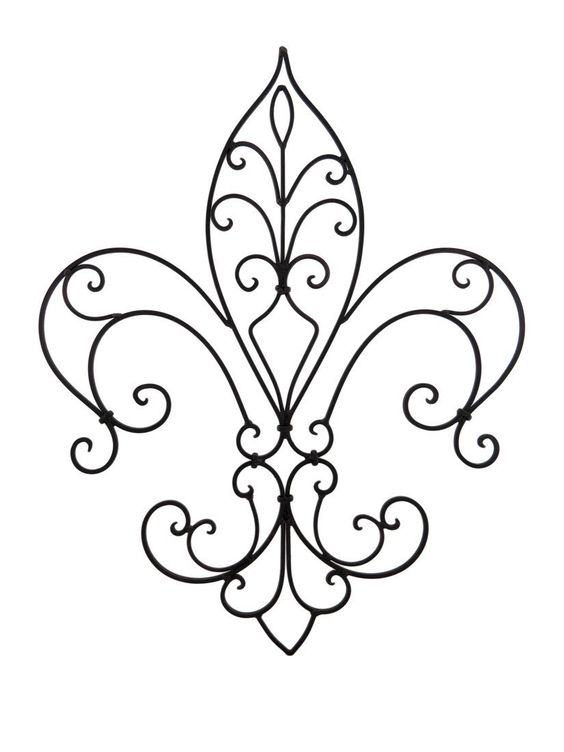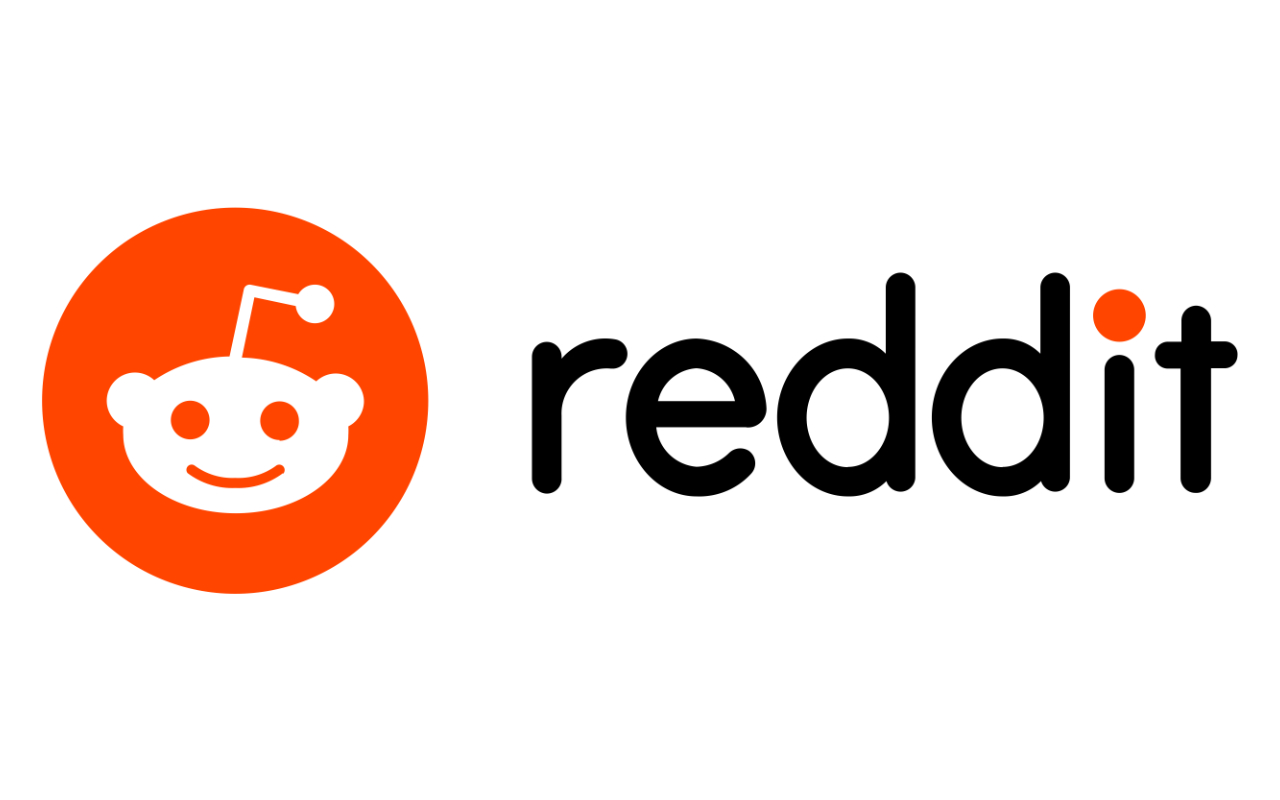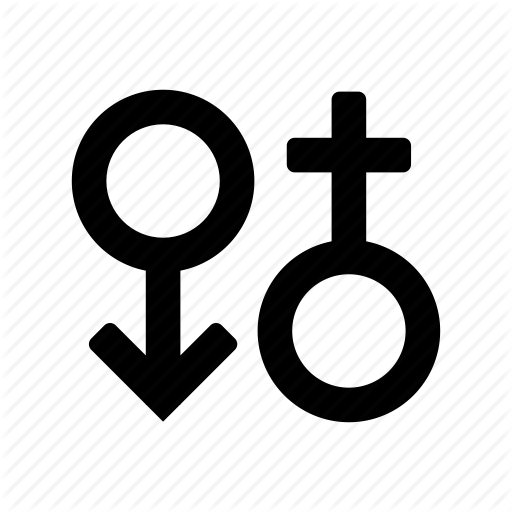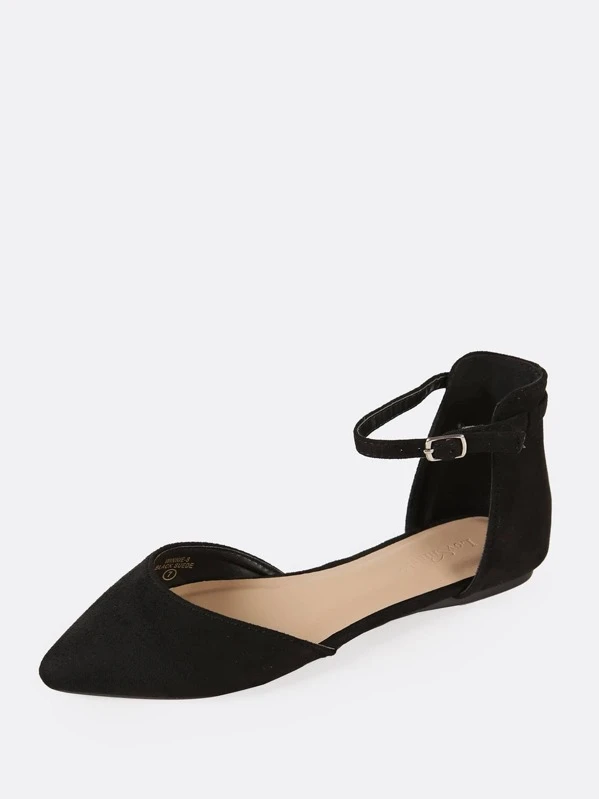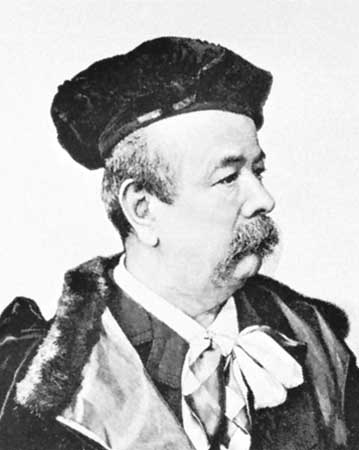The Fashion Industry, comprising both high fashion and mass markets, is a 1.5 trillion dollar industry. From idea generation to the final sale, there are innumerable micro processes involved which can be divided into 4 main categories being design, marketing, production and sale.
- Design
The crux of the fashion industry is design as if there is no concept there will be no product to sell. Fashion Designs are the crux of the industry, as they are responsible for conceptualizing, idea generating, brainstorming & of course designing. These highly creative individuals find a source of inspiration, set themes, select the seasonal color range, fabrics, type of embroidery or print. They give life to their perception of a particular design by drawing it out on paper or most recently, CAD; after which they begin the process of prototyping and/or sample creation. Designers can be the people who are employed by fast fashion companies such as Zara, H&M and New Look or Designers who have their own couture houses which create high-fashion. Couture houses come up with avant garde designs which are adopted by fast fashion designers as a part of the ‘Trickle Down Effect’
Want a peek inside a designer’s rule book? CLICK HERE
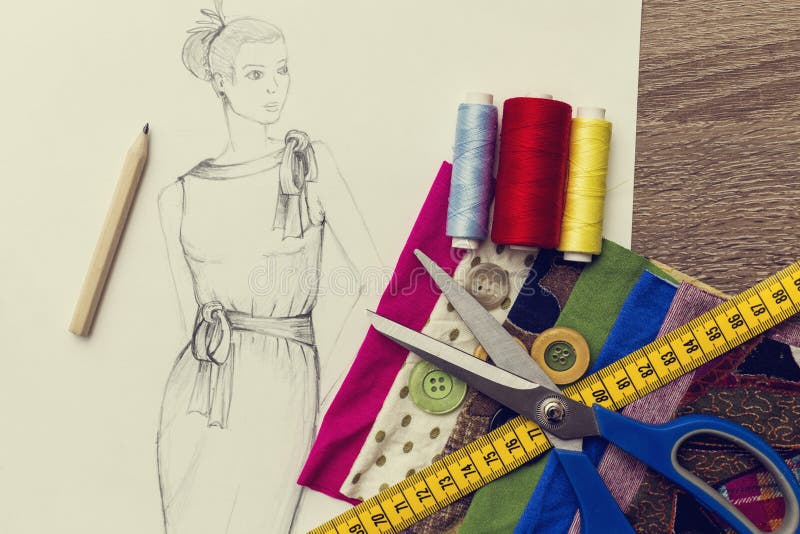
- Manufacturing
Couturiers have their own ateliers and skilled seamstresses and patternmakers who come up with wearable art whereas fast fashion houses mostly outsource the job of making the garments to manufacturing units (situated mostly in third and second world countries) that employ thousands of workers. These manufacturing units popularly known as sweat shops, produce a large number of quantities within a short period of time at a low cost because fast fashion brands have many product lines which release so often that there is a fierce competition with regards to who can get the trend on the racks as soon as possible. Here, patterns are made in different dimensions so that it can cater to people with different body types and fabrics which are sourced from different parts of the world are cut mechanically but they have to be sewn which is very laborious and time consuming. Assembly of the garment is done in different ways depending upon the type. After which, the garment goes through a process called finishing where it is embroidered, embellished, tagged, buttonned, zipped, etc., and finally packed and shipped to the buyer.
To read more about different types of manufacturing processes… CLICK HERE

- Marketing
The process doesn’t stop at designing and making the ensemble but it is essential to connect the product to the customers which is done through promotional activities such as print media (magazines), fashion shows, social media, word of mouth etc which help create a brand image and product awareness among the customers.
Marketing is a vital part of the fashion industry as it connects the creations of fashion designers around the world to wholesale buyers and consumers. The efficient marketing of designs is almost as important as the design itself. Marketing helps communicate the ethics of a brand to the consumers as fashion isn’t just about clothing but it is also about the underlying story and the emotion associated with the product. Marketing aids in developing an image in the minds of prospective buyers as well as help retain them and to do that, it is essential to tap the target market through a balanced marketing mix tailored to each company’s needs. Read about it here.

- Retail/Sales
Fashion retail is the bridge between the manufacturers and clients. Retail establishments essentially buy merchandise from the manufacturers and sell them to the customers; this process is called resale. They are responsible for matching individual demands with the products manufactured. The selling needn’t necessarily take place through a brick and mortar store but also online(e-commerce), mails, door-to-door sales and pyramid schemes. Retails also deal with after sale services.
Now that we know how the fashion industry operates, CLICK HERE to read a brief case study on how Okhai.org operates.

